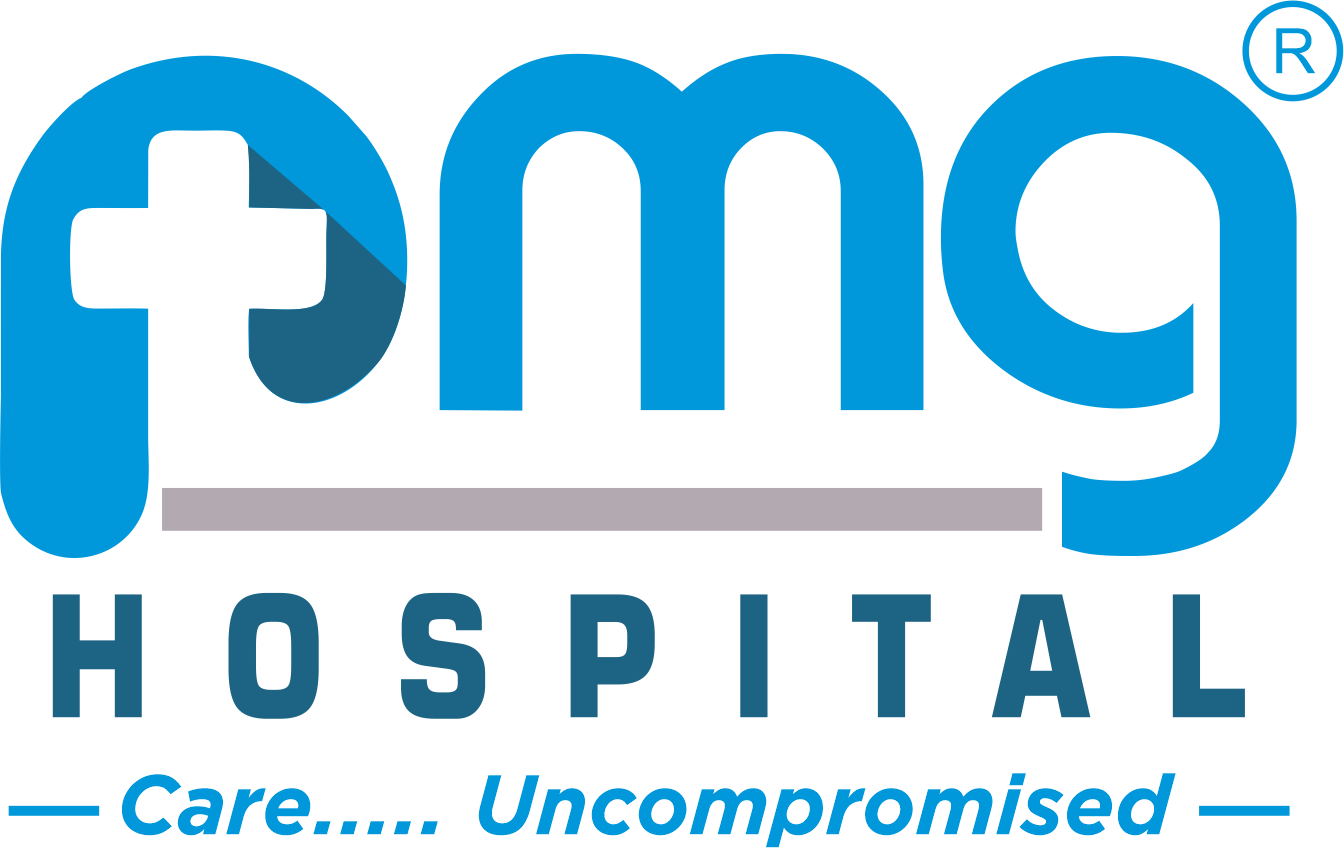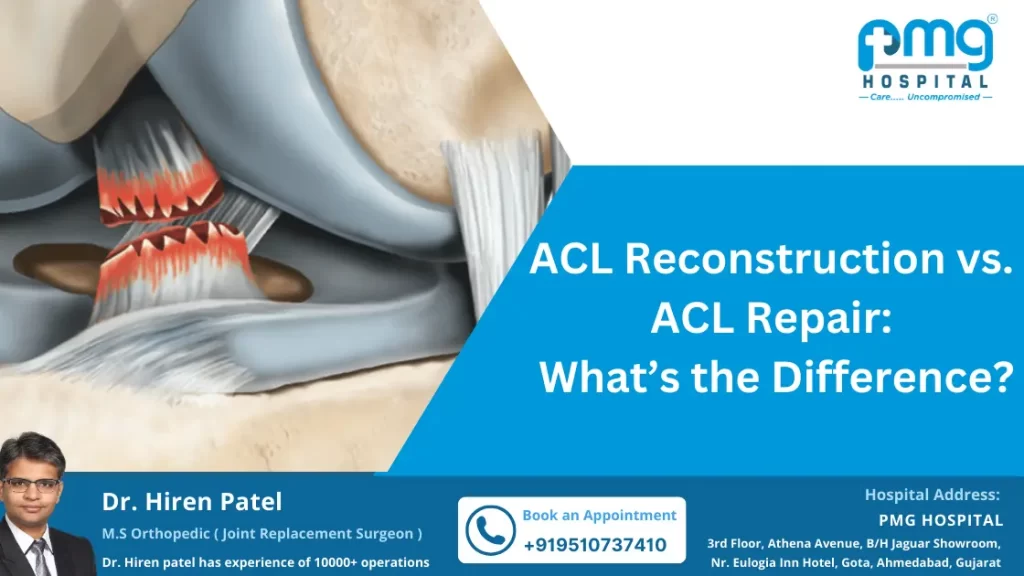The anterior cruciate ligament (ACL) is a crucial component of the knee joint, providing stability and support during physical activities. Injuries to the ACL are common, especially among athletes and active individuals, and can significantly impact mobility and quality of life. When faced with an ACL injury, two primary surgical options are available: ACL reconstruction and ACL repair. Understanding the differences between these procedures is essential for making informed decisions about treatment and recovery.
Understanding ACL Injuries What is the ACL?
The ACL is one of the four major ligaments in the knee, connecting the femur (thigh bone) to the tibia (shin bone). It plays a vital role in preventing excessive forward movement of the tibia and provides rotational stability to the knee. ACL injuries often occur due to sudden stops, changes in direction, or direct impacts, which can result in partial or complete tears of the ligament.
Symptoms and Diagnosis of ACL Injuries
Common symptoms of an ACL injury include a popping sound at the time of injury, severe pain, swelling, and instability of the knee. Diagnosis typically involves a physical examination, followed by imaging tests such as MRI or X-rays to confirm the extent of the injury and assess any associated damage to other knee structures.
What is ACL Reconstruction?
ACL reconstruction is a surgical procedure aimed at restoring knee stability by replacing the torn ligament with a graft. This graft can be harvested from the patient’s own body (autograft) or from a donor (allograft). The most commonly used grafts are the patellar tendon, hamstring tendon, or quadriceps tendon.
Procedure Details
The ACL reconstruction procedure involves the following steps:
- Graft Harvesting: Depending on the type of graft chosen, tissue is harvested either from the patient or a donor.
- Preparation: The knee is prepared by removing the remnants of the torn ACL and creating tunnels in the femur and tibia for the new graft.
- Graft Placement: The graft is positioned through the tunnels and secured using screws or other fixation devices.
- Finalization: The surgical site is closed, and the knee is stabilized for the initial healing phase.
Recovery and Rehabilitation
Recovery from ACL reconstruction typically involves an extensive rehabilitation program lasting several months. Initial phases focus on reducing pain and swelling, followed by progressive strengthening and range-of-motion exercises. Return to sports and high-impact activities generally occurs within 6 to 12 months post-surgery, depending on the individual’s progress and adherence to rehabilitation protocols.
Pros and Cons of ACL Reconstruction
- Pros:
• High success rate in restoring knee stability.
• Effective for both acute and chronic ACL injuries.
• Allows for a return to high-impact sports and activities. - Cons:
• Long recovery and rehabilitation period.
• Risk of complications such as infection, graft failure, or knee stiffness.
• Requires surgical intervention, which carries inherent risks.
Choosing Between ACL Reconstruction and ACL Repair
Several factors influence the decision between ACL reconstruction and ACL repair:
• Type and location of the tear: Repair is often only feasible for certain tear patterns.
• Patient’s age and activity level: Younger, more active individuals may benefit more from reconstruction.
• Timing of the surgery: Acute injuries may be more suitable for repair.
• Surgeon’s expertise and recommendation: The surgeon’s experience with each procedure can impact the outcome.
Consultation and Decision-Making
It is crucial for patients to have a detailed consultation with their orthopedic surgeon to discuss the specifics of their injury, the pros and cons of each procedure, and the expected outcomes. Personalized treatment plans should be developed based on the individual’s needs, goals, and overall health.
Conclusion
ACL Reconstruction surgery has undergone remarkable advancements, making it more effective and patient friendly than ever before.
Dr. Hiren Patel, a renowned orthopedic surgeon in Ahmedabad, specializes in ACL reconstruction surgery and stays at the forefront of medical advancements. His commitment to utilizing the latest technologies and techniques ensures the highest standard of care for his patients. With a focus on precision, faster recovery, and patient satisfaction, Dr. Hiren Patel is dedicated to helping individuals restore mobility and live pain-free lives.
Dr. Hiren Patel is the Director and head ACL Reconstruction surgeon @ PMG Hospital. PMG Hospital is NABH certified best advanced ACL Reconstruction Hospital In Ahmedabad. Dr. Hiren Patel is the Director & Head ACL Reconstruction surgeon at PMG Hospital.
For those considering ACL Reconstruction surgery, consulting with Dr. Hiren Patel means accessing state-of-the-art treatment and compassionate care tailored to meet individual needs. Feel free to contact us. Email: pmghospital.ahm@gmail.com or Call on: +919662770141



